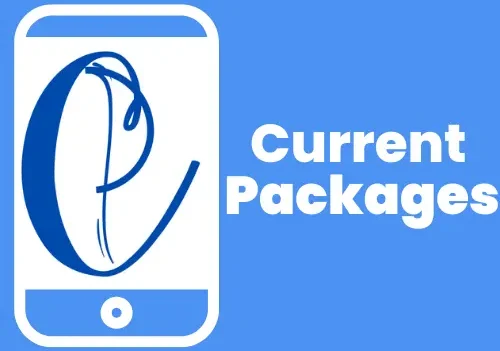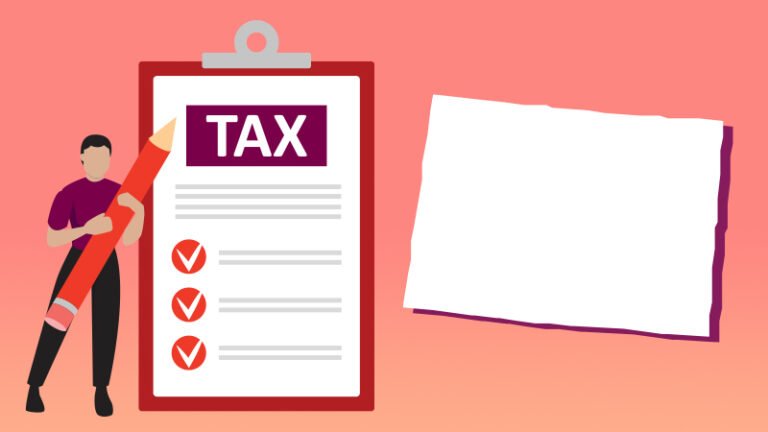How McDonald’s Uses Packaging Psychology to Keep You Coming Back
Walk into a McDonald’s anywhere in the world and you’ll instantly recognize the golden arches, the red and yellow palette, and the crinkle of a fry sleeve. It’s not just the food that feels familiar—it’s the packaging. But beneath the comforting design lies something far more calculated: psychology.
McDonald’s doesn’t just serve fast food. It serves up decades of carefully engineered visual and tactile cues designed to evoke hunger, nostalgia, trust, and brand loyalty. Everything—from the color of the tray liner to the font on the drink cup—has been optimized to keep customers not just coming in, but coming back.
So how does this apply to your small business or product line? Whether you’re designing foil-stamped custom labels, embossed tags, or Spot UV finishes for your premium products, there are powerful lessons to be learned from the world’s most recognizable fast-food chain.
1. Color is Craving
It’s no accident McDonald’s chose red and yellow as its signature palette. Red triggers excitement, speed, and appetite. Yellow evokes friendliness, joy, and visibility.
Even their packaging reflects this psychology: the red fry box, the bright wrappers, the golden arches peeking out of burger clamshells—all create a visceral reaction that primes your body to feel hungry.
Packaging tip:
- Use color strategically in your labels and packaging to prompt the right emotional responses.
- If you’re selling something energizing (like cold brew or energy bars), red and orange tones can stimulate impulse buys.
- If you want to communicate calm, health, or earthiness (for tea blends, skincare, or wellness goods), consider green, kraft tones, or muted hues.
- Foil stamped accents in gold or red can elevate packaging and trigger premium, celebratory vibes—much like McDonald’s gold arch nods to a reward or “treat.”
2. Tactile Triggers: The Power of Feel
While most people think of packaging as visual, the tactile experience is just as important. That satisfying pop when opening a McNuggets box. The crinkle of the fry sleeve. Even the waxy coating on a McDonald’s cup—they all register in your brain as part of the experience.
These subtle physical cues tap into memory pathways and reinforce brand recognition through touch.
Small brand strategy:
- Introduce embossed labels or tags to create a texture customers want to touch again.
- Spot UV coating can add contrast—smooth shine over matte labels—that catches the light and gives your product a “high-end” feel.
- Use tactile finishes that match your brand’s story: raw, fibrous textures for rustic authenticity, or high-gloss and foil for luxury and polish.
When packaging feels good in the hand, it imprints in the mind.
3. Repetition Creates Comfort
McDonald’s packaging hasn’t changed much over the decades—and that’s deliberate. People trust what they recognize. The predictability of a branded paper cup or Happy Meal box makes customers feel safe and anchored in a fast-changing world.
Even when they update packaging, the core elements—like the golden arches, the smiley fry characters, or their slogan—remain intact.
For your brand:
- Choose one or two signature design elements and use them consistently across every label and box. This could be your logo, a specific foil-stamped accent, or a unique corner cut or pattern.
- Consistency builds familiarity, and familiarity builds loyalty.
- Even if your product line expands, let the packaging be the thread that holds the story together.
You’re not just selling tea, candles, or sauces. You’re building trust through every label roll and box run.
4. Emotional Anchors: Nostalgia Sells
Why do Happy Meals still exist? Because nostalgia is profitable.
McDonald’s has mastered the emotional marketing loop by making packaging not just functional, but sentimental. Limited-edition throwback boxes, retro fonts, vintage toy tie-ins—they’re tapping into customers’ earliest memories of joy and familiarity.
How to do this in your packaging:
- Introduce limited-edition label runs using vintage-inspired fonts, throwback logos, or retro textures (think faded kraft paper with foil stamped vintage gold).
- If you’ve been in business a while, revisit your first-ever label style for a short run anniversary edition.
- For handmade brands, lean into the memory-making aspect of your product by making packaging feel like a keepsake—using embossed seals, personalized notes, or old-school patterns.
The past isn’t passé—it’s powerful.
5. Packaging Creates Ritual
Ever notice how McDonald’s fries always come in the same sleeve? Or how the Big Mac box opens like a present?
Those tiny, repeated rituals matter.
Customers expect the same steps, same sounds, and same packaging choreography every time they order. This creates a ritualized consumption experience, which psychologically enhances satisfaction.
Small business lesson:
- Create a unique opening experience for your products. For example:
- Your tea box could open with a peel-and-reveal foil label.
- Your coffee bag could have a Spot UV-printed tab for a satisfying unseal.
- Your skincare jar might feature an embossed label under the lid with an inspiring phrase customers come to expect.
These small but consistent moments add joy, predictability, and depth to your brand experience.
6. Packaging Enhances Product Perception
McDonald’s knows that perceived quality is influenced by packaging design, not just product content.
A customer will rate the exact same burger as tasting better if it’s served in a higher-quality wrapper, with sharper typography, or a more structured box. It’s science—packaging literally influences how we experience flavor, texture, and satisfaction.
Use this to your advantage:
- Want customers to see your handmade soaps or jams as upscale? Add foil stamped accents to labels or use metallic ink highlights.
- Want to signal clean beauty or minimalist values? Use clear Spot UV labels over frosted glass jars.
- Want to add “weight” to lightweight products? Use thicker label stock, embossed logos, or custom wraps that give the product visual gravity.
Packaging doesn’t follow the product—it shapes the product.
7. The Collector’s Effect
Ever seen people collect McDonald’s packaging? Limited McFlurry cups, Happy Meal boxes, seasonal wrappers—people save them like souvenirs.
This is where design meets desire.
Packaging that’s visually striking and emotionally resonant becomes collectible—even if the product inside is perishable or disposable.
How to apply this:
- Make each label worth saving by using special finishes (foil, emboss, Spot UV).
- Introduce limited-edition seasonal designs that encourage your customers to “get them all.”
- Reward loyal buyers by offering collector packaging or early access to new label designs.
When packaging is art, the product becomes treasure.
Final Thoughts: Packaging Isn’t an Afterthought—It’s Psychology in 3D
McDonald’s has shown us that the key to customer loyalty isn’t just in what you serve—it’s in how you serve it. Every crinkle, every color, every embossed arch is part of an emotional system designed to drive craving, comfort, and connection.
Whether you’re a small brand printing custom foil stamped labels for chocolate, adding embossed texture to coffee packaging, or applying Spot UV highlights to your skincare line, you’re working with the same tools—just on a more intimate scale.
When done right, your packaging won’t just house your product—it’ll become the reason people remember, repurchase, and rave.





